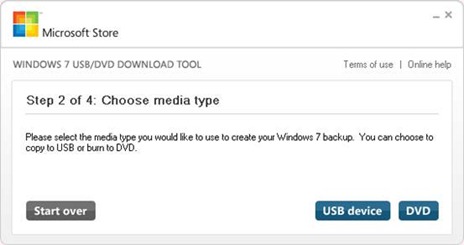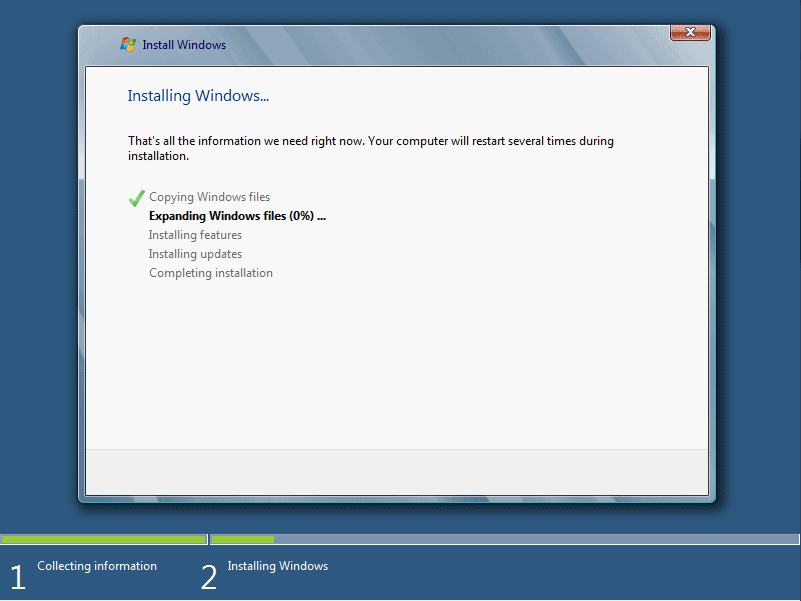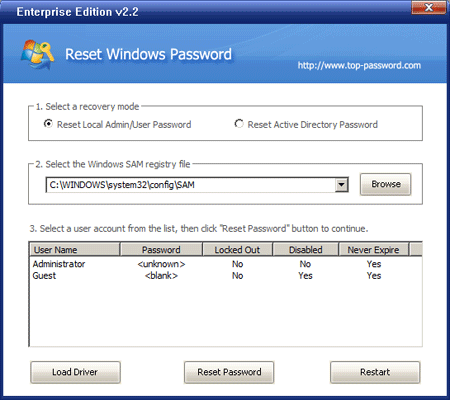I can’t seem to remember my Windows 2000 password. It asked me that my password has expired and it requires a new one. The problem is, my laptop (Toshiba 1500) has been put away for a few months and I cannot find the original password. I need to get to my laptop and retrieve some important files. Can anyone tell me how I can recover or reset this password?
Forgot Windows 2000 password on a computer you haven’t used for a while? You logged off your PC and when you got back on the next day it wouldn’t accept your password? We all have the possibility of forgetting Windows password, so for those when your password completely escapes you, this guide will come to your rescue. Take a look at this tutorial to learn how to reset Windows 2000 password when you forgot it.
Step 1: Create a Windows Password Reset Disk
- First we need to find an accessible computer so we can create a Windows password reset disk on it.
- Download the ISO image of Reset Windows Password boot CD which is zipped.
- Extract the ISO file from the ZIP archive using WinZip.
- Burn the ISO file to a CD or USB drive using ISO2Disc. After a few minutes a Windows password reset disk will be created and we’ll used it later to reset forgotten Windows 2000 password.
Step 2: Set Your Locked Computer to Boot from Password Reset Disk
- Turn on your locked computer and hold down F2 or whatever the setup key is shown as during the initial boot screen. This should bring up the BIOS.
- In the BIOS look for the Boot Device Priority option, set CD/DVD as the 1st boot device if you want to boot from Windows password reset CD. You can either set Removable Device as the 1st boot device if you want to boot off a Windows password reset USB drive.
- Next save your changes and reboot the computer.
Step 3: Reset Windows 2000 Password
- Once your computer boots from the Windows password reset disk, it will launch the Reset Windows Password utility.
- This utility automatically scans your hard drive and find Windows SAM databases for all your Windows installations.
- Choose a Windows SAM database. The program will display all Windows user accounts inside it.
- Select the Windows user account whose password you forgot, then click Reset Password button to reset/remove the password.
Reboot your computer and eject the Windows password reset disk, the computer will boot normally and you can then log in to Windows 2000 system without entering a password. What’s more, this guide also works with Windows 8, 7, Vista, XP and Windows Server 2008, 2003.
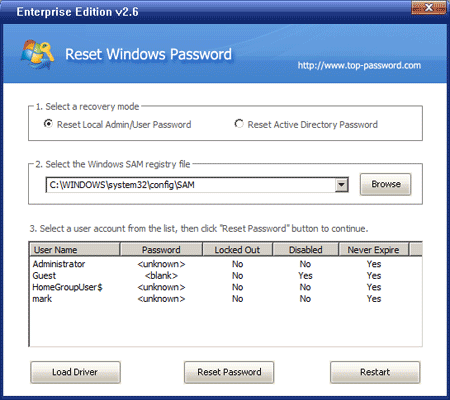
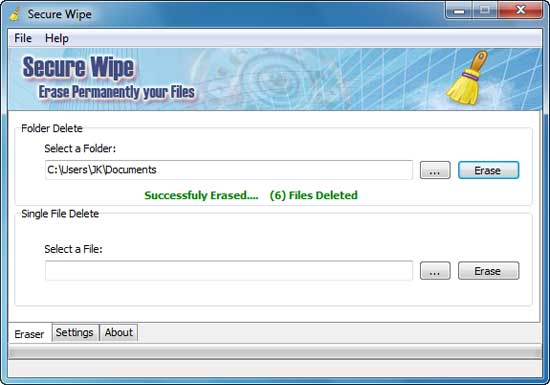
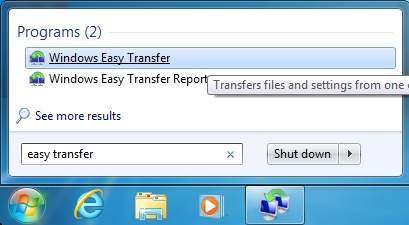
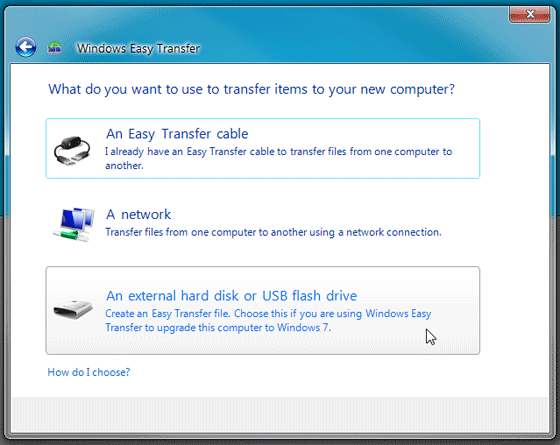
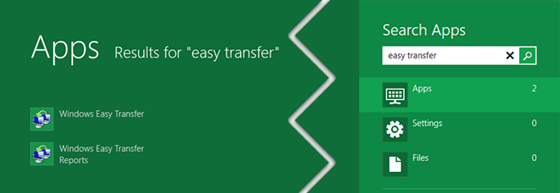

 One of the most convenient tools browsers offer is the ability to save and automatically prefill your website login details and passwords. Because so many sites require accounts and it is well known (or should be at least) that using a shared password is a big no-no, a password manager is almost essential and also a handy feature. But what happens if someone is wandering by and decides to start poking around with your browser and vulnerable internet sites?
One of the most convenient tools browsers offer is the ability to save and automatically prefill your website login details and passwords. Because so many sites require accounts and it is well known (or should be at least) that using a shared password is a big no-no, a password manager is almost essential and also a handy feature. But what happens if someone is wandering by and decides to start poking around with your browser and vulnerable internet sites?